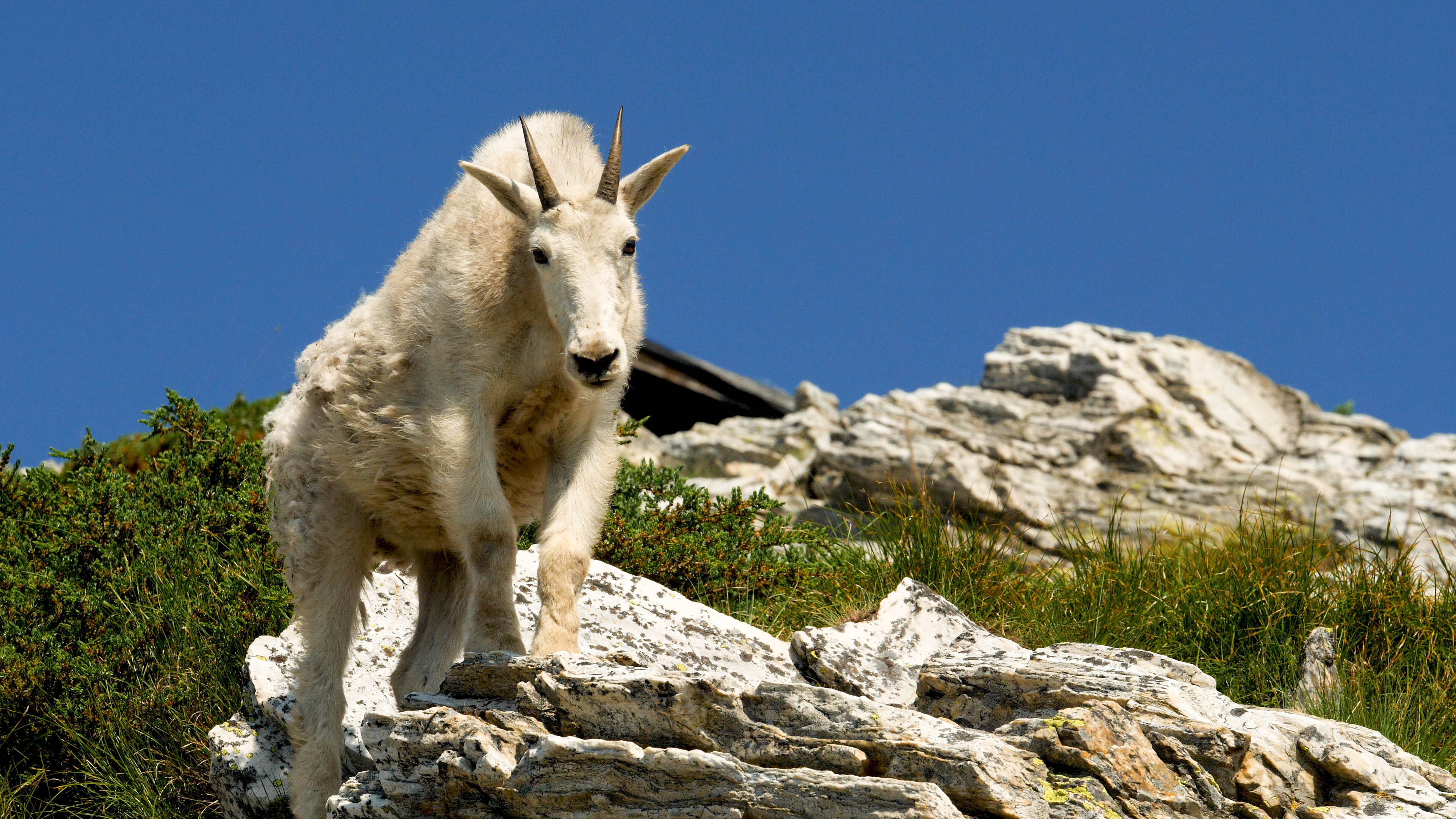Exploring Snow Peak WMA is by foot or horseback only. The vision for the WMA is to protect and manage wildlife habitats and to provide high quality non-motorized backcountry recreational opportunities. Fifty miles of trail provide hunters, anglers, backpackers, horseback riders, and hikers access to explore this rugged WMA. Volunteers actively maintain the most popular trails.
Mountain goats commonly seen near the Snow Peak Lookout make it a popular destination for wildlife watchers and photographers. Other wildlife species commonly seen include elk, mule deer, black bear, moose, forest grouse, pileated woodpeckers, and cutthroat trout. The WMA provides important winter range habitat for elk and deer.


